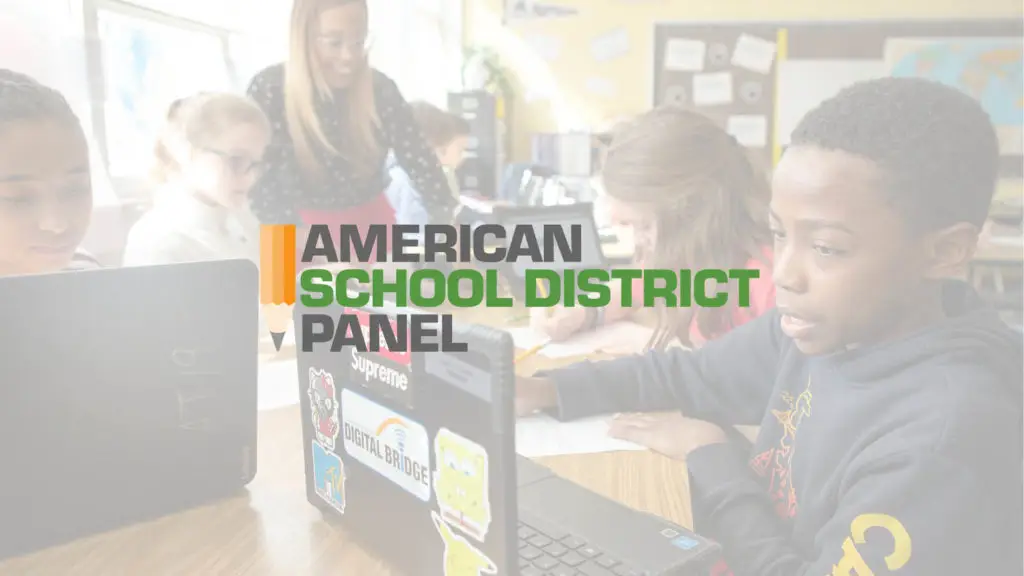State leaders must adapt to a new reality in which online education is here to stay, schools are supporting students in new ways that go beyond academic learning in traditional classrooms, and districts face a staffing crunch that is likely followed by a fiscal cliff.
In June, the American School District Panel (ASDP), a partnership between RAND, the Center on Reinventing Public Education (CRPE), Chiefs for Change, and Kitamba, surveyed a national panel of superintendents to inform the conversation about how leaders are helping students recover from the pandemic and rebuilding our public education systems.
The surveys revealed that many districts are expanding nonacademic services, navigating an immediate staffing crunch and longer-range fiscal uncertainty when federal recovery funds expire, and expanding virtual schools.
Three new policy memos from CRPE provide recommendations to start a discussion about how state leaders can ensure these shifts lead to better teaching, learning, engagement, and well-being for students:
- Ensure that the rise of virtual schools leads to better learning opportunities. The COVID-19 pandemic accelerated a national movement toward online learning. State and local leadership are critical to ensure this proliferation of online learning options leads to high-quality learning opportunities for students.
- Help districts prepare for uncertain staffing and budget challenges. Better-than-expected state revenues and pandemic relief funding mean school districts can afford to hire staff for growing mental health, academic, and safety needs—for the time being. Still, districts require state guidance and creative strategies to help manage potential staffing challenges and any fallout from the pending fiscal cliff that may occur when relief funds expire.
- Support critical pandemic recovery services. Districts are supporting students in new ways in light of the pandemic-related needs facing students and families. States can play a critical role in ensuring these new programs are accessible and of high quality.
These recommendations are intended to jump-start conversations that state and local education leaders must have with boards and legislators this year. With limited days left in the 2021–2022 school year, and state lawmakers preparing for legislative sessions this spring, our planning must take stock of the state of our school districts and chart a path forward.





